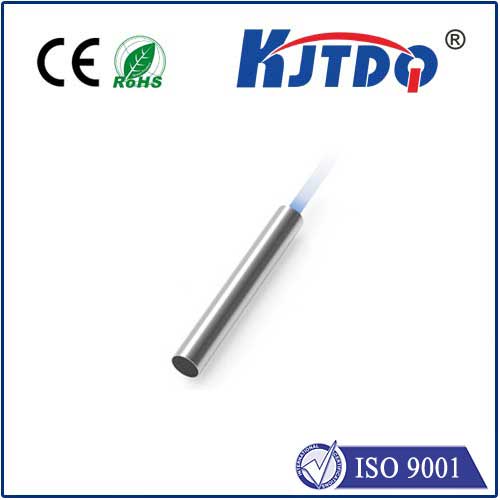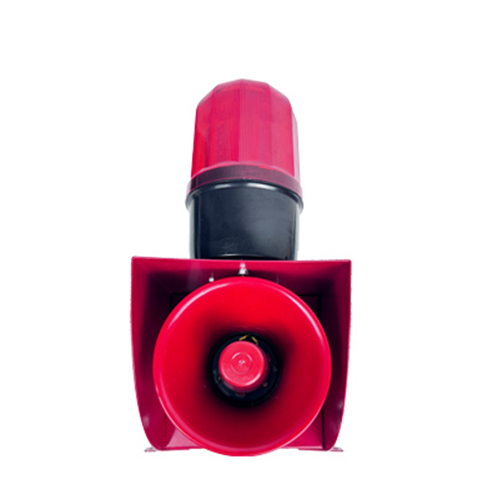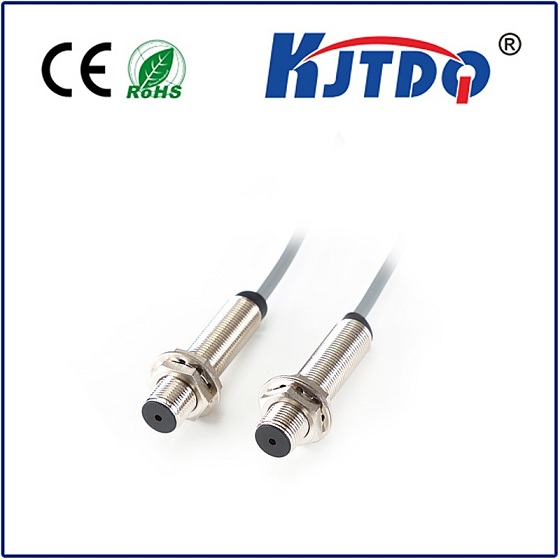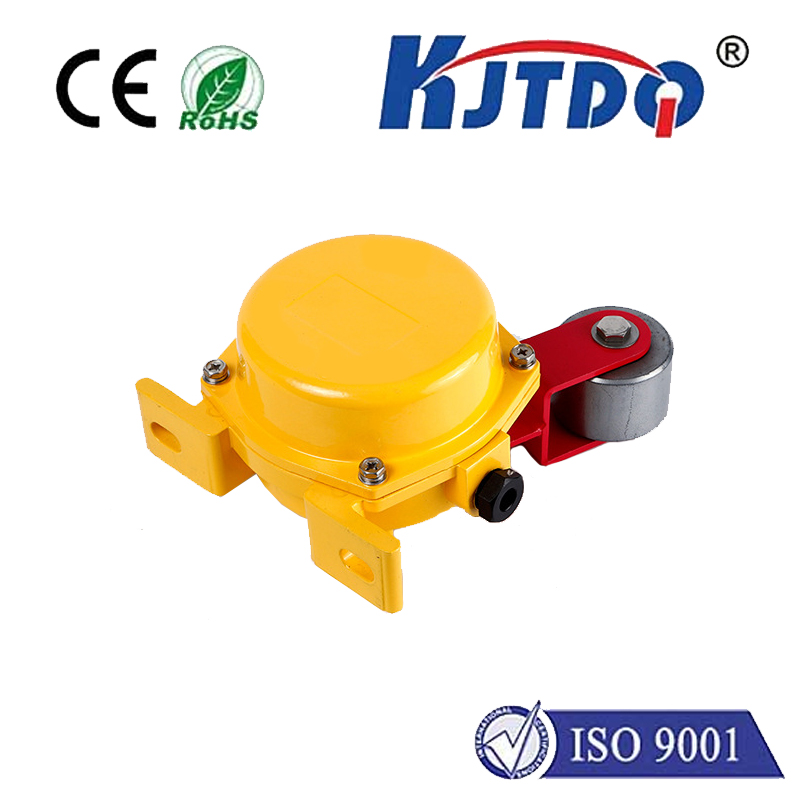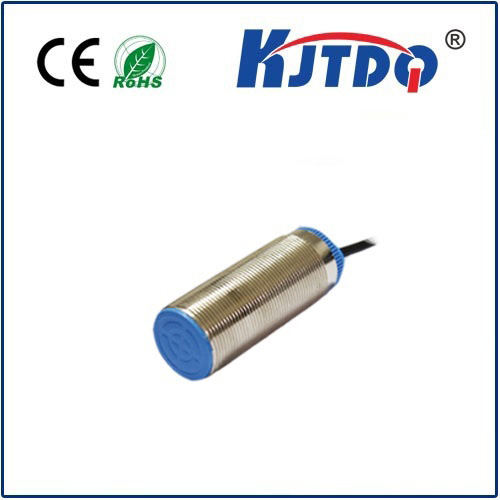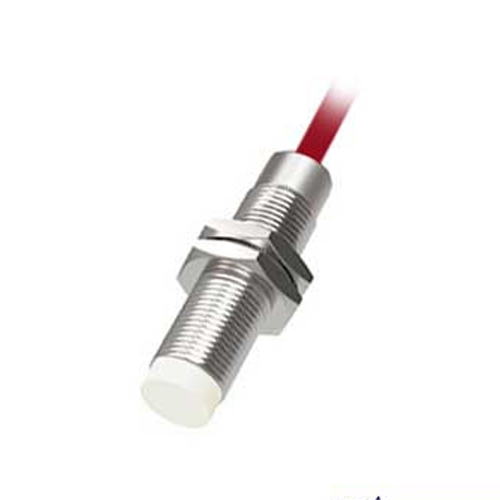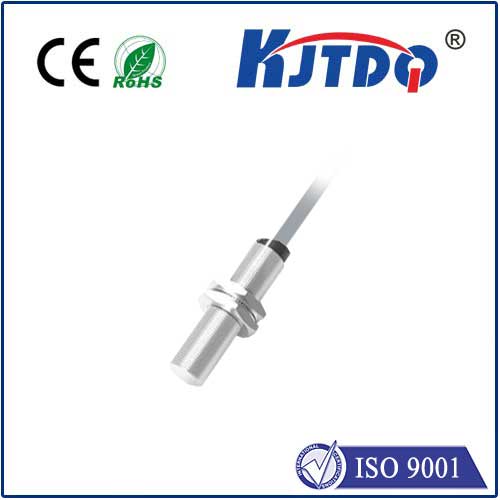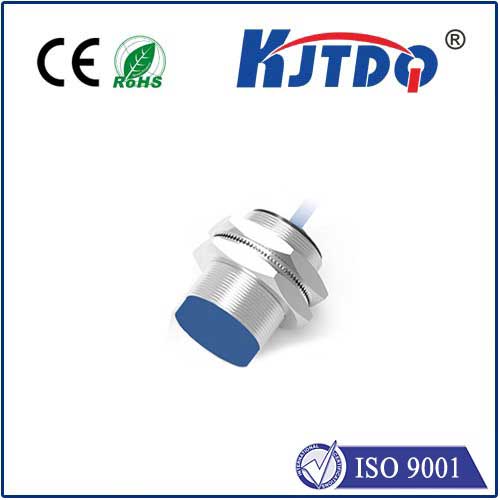

check

check

check

check
Imagine an automotive assembly line where aluminum suspension components zip past unseen by standard sensors, causing costly misalignments. Or envision a food packaging plant where copper shielding foil goes undetected, risking critical contamination. These scenarios highlight a pervasive challenge in industrial automation: reliably detecting non-magnetic metals like aluminum, copper, brass, and stainless steel. Traditional inductive proximity sensors, workhorses for detecting steel, often fall short here. This is precisely where specialized non-ferrous proximity sensors shine, offering precision and reliability where conventional methods fail. Understanding their unique capabilities opens doors to significant efficiency gains and process optimization.
At their core, standard inductive proximity sensors generate an electromagnetic field. When a ferrous metal (like iron or steel) enters this field, it causes a significant increase in eddy currents and magnetic reluctance, easily triggering the sensor. Non-ferrous metals, however, present a different challenge. Materials like aluminum and copper are highly conductive but lack strong magnetic properties. They do generate eddy currents when entering the sensor’s field, but the effect is primarily resistive, dampening the oscillator’s energy rather than causing a massive shift in magnetic reluctance. This subtle energy loss is harder for standard sensors to detect reliably, especially at typical operating ranges.

Non-ferrous proximity sensors overcome this limitation through sophisticated engineering, primarily leveraging higher operating frequencies. By significantly increasing the frequency of the generated electromagnetic field (often into the hundreds of kHz or even MHz range), these sensors maximize the interaction with the conductive properties of non-ferrous metals. The higher frequency induces stronger eddy currents in the target material. The energy loss caused by these eddy currents is then precisely measured by the sensor’s internal circuitry. Sophisticated electronics are tuned to recognize this specific signature of energy absorption, allowing for consistent and reliable switching even when the magnetic reluctance change is minimal. This fundamental shift in detection strategy – focusing on conductivity-driven energy loss rather than just magnetic permeability – is the key innovation.
The advantages of deploying non-ferrous proximity sensors extend far beyond simply detecting aluminum or copper:
Their versatility makes them indispensable across numerous sectors:
Selecting the right non-ferrous proximity sensor requires careful consideration:
By mastering the principles of operation and the subtle differences in detecting conductive but non-magnetic metals, engineers can deploy non-ferrous proximity sensors strategically. They transcend the limitations of standard inductive sensors, providing the critical visibility needed over aluminum, copper, brass, and specific stainless-steel targets. This enhanced capability translates directly into smoother operations, reduced waste, improved safety protocols, and higher-quality outputs. Investing in the right sensing technology for non-ferrous metals is not just about detection; it’s about unlocking efficiency, precision, and reliability in critical automated processes across the modern industrial landscape.
